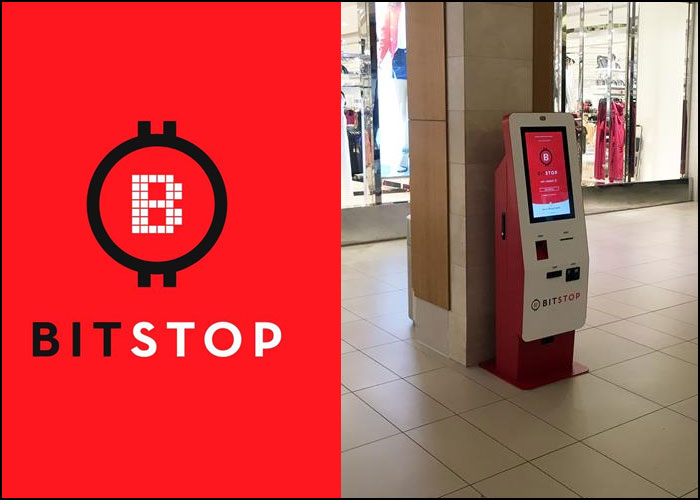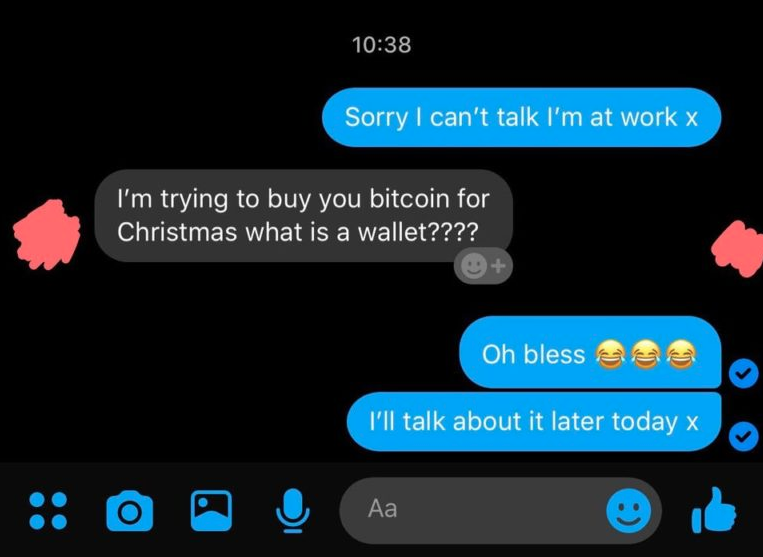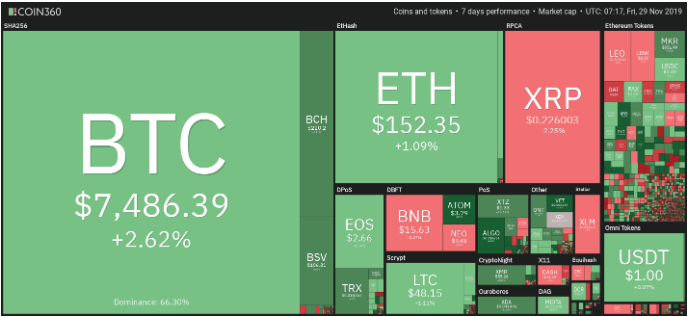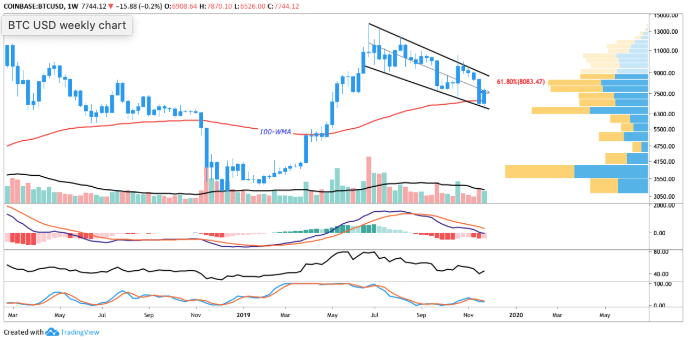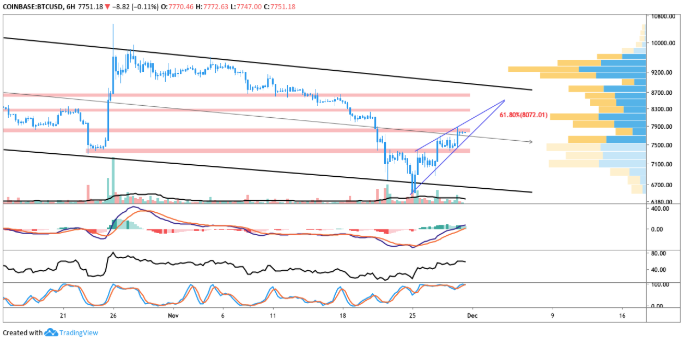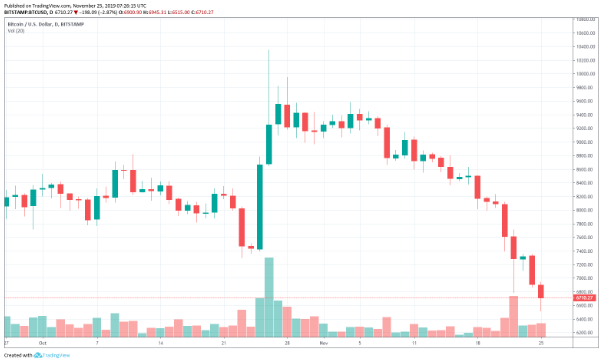Can Google's New Quantum Computer Hack Bitcoin?

Image Sourced from Pixabay
By Bruce Ng
Ever since Bitcoin was created, the perennial question, asked by skeptics and advocates alike, could be condensed into four simple words:
Can Bitcoin be hacked?
The perennial answer: No, unless, that is, someone, someday achieves a stunning, world-changing breakthrough, creating a computer that’s far faster than any supercomputer in existence today. Nearly everyone agreed that was an extremely remote possibility. But now, some folks fear that day may be closer than expected.
The reason: Google claims to have built a quantum computer.
It’s a computer that’s no longer constrained to just 1s or 0s. Instead, it has bits that exist in multiple states at once, called quantum bits or qubits. It’s a computer that, in theory, could be one billion times faster than today’s fastest computers … that could run 10,000 years of supercomputer calculations in a meager 200 seconds. It’s a technology that, in theory, might ultimately do things which otherwise take millions of years.
In theory.
So, can Google’s (NASDAQ: GOOG) quantum computer hack Bitcoin? No, not even close!
Google’s breakthrough, no matter how noteworthy, is still very new, very experimental and light-years away from the capabilities needed to hack Bitcoin. Here’s why …
First, Google’s quantum computer merely generates random numbers, like tossing a coin repeatedly. It has no immediate practical applications.
Second, it has only 53 qubits. To crack Bitcoin cryptography, it would need at least 1,500.
Third, it’s not just a matter of quantity. To evolve from 53 to 1,500 qubits will be extremely difficult and will take many years.
Fourth, qubits are highly sensitive. They require supercooled temperatures to operate. They must be stored in enclosed vaults protected from stray dust, vibrations and contaminants. Building a 1,500-qubit quantum computer would be a monstrous undertaking.
“But suppose,” say Bitcoin fearmongers, “that some secret government agency develops a super-quantum computer decades ahead of Google’s. And suppose that computer achieves the 1,500-qubit power that could hack Bitcoin. Then what do we do?”
Our answer: Given the structure of the global tech community today, it’s extremely unlikely any such project exists.
But even if it did, there are several likely scenarios in which the Bitcoin community — and even Bitcoin users themselves — could protect themselves against any quantum-computer attack.
Today, I’ll tell you about two …
Scenario 1
Quantum-Resistant Passwords
An important cryptography mechanism that Bitcoin currently uses is the private key; and it’s the private key that would be the primary attack point for any future quantum computer.
The private key performs a function akin to that of password: Every time you use a Bitcoin wallet or send funds from a Bitcoin address, you deploy your private key, associated with a Bitcoin address that looks something like this:
14EbGbR5rfPgtvs5NQXXH3cgKAGxmKxweW
When you send Bitcoin, the addresses specify the “from” and the “to” of your transmission.
But the current address system is not written in stone.
It CAN be upgraded to a quantum-resistant address system. And to make that happen in a timely manner, Bitcoin enjoys one of the largest community of developers in the world.
Scenario 2
>Users Themselves Take Protective Steps
To better understand how would work, let’s look at traditional banking.
You have a bank account with a balance of $20,000. You’re afraid that, when you make your first wire transfer, some bank employees will gain access to the numbers he needs to move your money to his own personal account.
What could you do to protect yourself?
Simple: As soon as you make your first transfer, immediately withdraw all the remaining funds in your account and move it to a new account or to another bank.
That’s similar to what you could do to protect yourself against any future quantum attack on your Bitcoin address.
When you send Bitcoin to someone, your address doesn’t appear on the Bitcoin ledger until you make your first transaction from that address. No one – including quantum attackers — will ever see your address until AFTER first transaction.
So all you have to do is this: As soon as you make your first transaction, simply move your remaining Bitcoin balance to a new address, which is easy to create. Since your new address has never before been used to send Bitcoin, there’s no way anyone, regardless of computer power, can see it — let alone hack it.
Could a quantum attacker see and hack the address in the few minutes between the moment you send the Bitcoin and the moment it’s received on the other end?
Hah! To do so in such a short period of time would require quantum computing that’s so far away in the future, even the few seconds it takes me to write this paragraph is kind of a waste of time.
But I decided to write it for a reason.
For all those folks who also worry about the destiny of our sun, which will burn out a billion years from now … or the destiny of our universe which will expand to the point of a Big Chill.
Let’s worry about such doomsday events some other day.
© 2019 Benzinga.com. Benzinga does not provide investment advice. All rights reserved.
Article written by Bruce Ng of Yahoo Finance, and posted on the Finance.Yahoo.com site.
Article reposted on Markethive by Jeffrey Sloe






